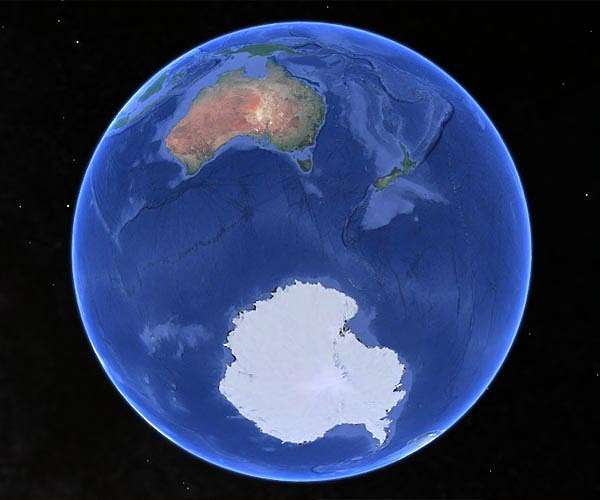
Australia to build fleet of dual use Earth Observation satellites (Image Credit: Space Daily)
The Australian Government is establishing the nation’s first national space mission. The 2022-23 Budget includes $1.16 billion to 2038-39 and $38.5 million per annum ongoing for the first phase of a National Space Mission for Earth Observation, which will see Australia design, build, and operate four new satellites.
Led by the Australian Space Agency, this Mission will make Australia more self sufficient when it comes to critical Earth Observation data, while also growing capability and job opportunities that will set the industry up for future success.
Minister for Science and Technology Melissa Price said this was the most significant investment ever made in Australia’s civil space sector.
“The information we get from Earth observation satellites is central to our everyday life – from forecasting the weather and responding to natural disasters through to managing the environment and supporting our farmers,” Minister Price said.
“Developing and launching these first four Australian satellites will create the foundation of industry know-how for more complex space missions next decade.
“It will also solidify our relationships with like-minded countries so we can continue to draw on the data from their satellites for the benefit of all Australians.”
It is estimated the project will create more than 500 jobs over the first four years of the build phase, with an anticipated supplier network of more than 100 companies from across Australia.
The National Space Mission will be led by the Australian Space Agency in partnership with Geoscience Australia, CSIRO, the Bureau of Meteorology and Defence.
The Budget also includes:
$65.7 million over five years from 2021-22 to set the conditions for rocket launch from Australia and fast track the launch of space assets and research projects by Australian businesses and researchers;
$12.1 million over five years from 2021-22 (and $0.3 million per year ongoing) to remove cost recovery requirements under the Space (Launches and Returns) Act 2018 and undertake a regulatory reform program to streamline interactions with industry;
$9.5 million over two years from 2021-22 to develop a Space Strategic Update to provide direction on future funding opportunities and align Australia’s space efforts;
$3.0 million in 2022-23 to extend the International Space Investment initiative and continue building relationships with international space agencies; and
$25.2 million to expand the International Space Investment initiative and provide funding for Australian businesses and research organisations to work on projects with the Indian Space Research Organisation and the broader Indian space sector.
Related Links
Australian Space Agency
Military Space News at SpaceWar.com
|
|
Tweet |
|
|
|
We need your help. The SpaceDaily news network continues to grow but revenues have never been harder to maintain. With the rise of Ad Blockers, and Facebook – our traditional revenue sources via quality network advertising continues to decline. And unlike so many other news sites, we don’t have a paywall – with those annoying usernames and passwords. Our news coverage takes time and effort to publish 365 days a year. If you find our news sites informative and useful then please consider becoming a regular supporter or for now make a one off contribution. |
||
|
SpaceDaily Contributor $5 Billed Once credit card or paypal |
SpaceDaily Monthly Supporter $5 Billed Monthly paypal only |
|
Millennium Space Systems shipped GEO Wide Field of View for launch
Los Angeles CA (SPX) Mar 15, 2022
The U.S. Space Force’s Wide Field of View spacecraft arrived safely on February 2 to the launch processing facility in Florida, having shipped from Millennium Space Systems, a Boeing (NYSE: BA) company’s headquarters in El Segundo, California.
This satellite was procured by the Space Systems Command to serve as testbed for Wide Field of View technologies in geosynchronous, or GEO, orbit for the missile warning mission, and as an enabling asset for the missile tracking and missile defense missions. … read more









